Nafodil
✅ Improves urinary flow
✅ Reduces prostate size
✅ Relieves urinary symptoms
✅ Enhances bladder emptying
✅ Minimizes urinary urgency
Nafodil contains Naftopidil.
Product Overview
Nafodil is a pharmaceutical formulation containing Naftopidil as its active component. As a selective alpha-1 adrenergic receptor antagonist, it is clinically indicated for managing symptoms of benign prostatic hyperplasia (BPH) – a prevalent urological condition in aging males involving prostate gland enlargement. The therapeutic action of Naftopidil facilitates smooth muscle relaxation in the prostatic tissue and bladder neck, resulting in improved urinary flow and symptomatic relief from BPH-related voiding difficulties.
Therapeutic Indications
This medication is specifically indicated for the treatment of benign prostatic hyperplasia, addressing associated lower urinary tract symptoms including but not limited to:
– Obstructive symptoms (difficulty initiating urination, weak stream)
– Irritative symptoms (urinary frequency, urgency, nocturia)
The pharmacological action on alpha-1 receptors in the genitourinary tract provides clinically significant improvement in urinary parameters and quality of life measures.
Administration Guidelines
For optimal therapeutic outcomes:
– Administer orally with water, maintaining consistent timing
– May be taken without regard to meals
– Tablet should be swallowed whole; not to be crushed or chewed
– Adhere strictly to prescribed dosing regimen
– Maintain regular administration even after symptom improvement
– Consult healthcare provider before discontinuation
Mechanism of Action
Naftopidil exerts its therapeutic effects through selective blockade of alpha-1 adrenergic receptors, particularly the α1D subtype predominantly located in:
– Prostatic stroma
– Bladder neck
– Proximal urethra
This receptor antagonism results in:
– Decreased smooth muscle tone
– Reduced urethral resistance
– Improved urinary flow dynamics
The selective pharmacological profile contributes to its favorable efficacy and tolerability in BPH management.
Dosage Protocol
Standard dosing considerations:
– Initial dose typically 25-50 mg once daily
– May be titrated based on therapeutic response
– Maximum recommended daily dose: 75 mg
– Geriatric patients: Initiate at lower dose range
– Renal/hepatic impairment: Requires dose adjustment
Missed dose management:
– If remembered within 12 hours: Take immediately
– Beyond 12 hours: Skip and resume regular schedule
Therapeutic Advantages
Clinical benefits include:
1. Symptomatic improvement in IPSS scores
2. Increased maximum urinary flow rate (Qmax)
3. Reduced post-void residual volume
4. Lower incidence of acute urinary retention
5. Improved quality of life indices
The uroselective action minimizes cardiovascular effects while maintaining therapeutic efficacy.
Adverse Effect Profile
Commonly reported (≥1%) adverse reactions:
– Central Nervous System: Dizziness (5-10%), headache (2-5%)
– Gastrointestinal: Nausea (1-3%), dry mouth (1-2%)
– Cardiovascular: Orthostatic hypotension (1-3%)
– Respiratory: Nasal congestion (1-2%)
Most adverse effects are mild, transient, and dose-dependent.
Precautions and Contraindications
Important safety considerations:
– Contraindicated in patients with:
– Hypersensitivity to Naftopidil
– Severe hepatic impairment
– Caution required in:
– Orthostatic hypotension predisposition
– Concomitant antihypertensive therapy
– Major surgical procedures
– Requires monitoring of:
– Blood pressure (especially initial doses)
– Intraoperative floppy iris syndrome risk
Storage Conditions
Proper storage recommendations:
– Temperature: 15-30°C
– Protection from:
– Moisture
– Direct sunlight
– Excessive heat
– Keep in original packaging
– Store in secured location away from pediatric access
– Dispose expired/unused medication per local regulations
Medical Disclaimer
The information provided herein represents carefully curated, evidence-based data that has undergone medical review. However, it is imperative to note that:
1. This content does not constitute medical advice
2. Individual patient circumstances may vary
3. Complete drug information including:
– Rare adverse effects
– Potential interactions
– Special population considerations
should be discussed with a qualified healthcare practitioner. This resource is intended to complement, not replace, professional medical judgment and the physician-patient relationship.
| Strength | 50 mg |
|---|---|
| Quantity | 10 Tablet/s, 30 Tablet/s, 60 Tablet/s, 90 Tablet/s, 180 Tablet/s |
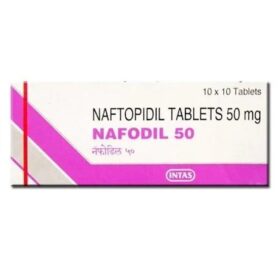 Nafodil
Nafodil









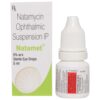
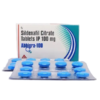
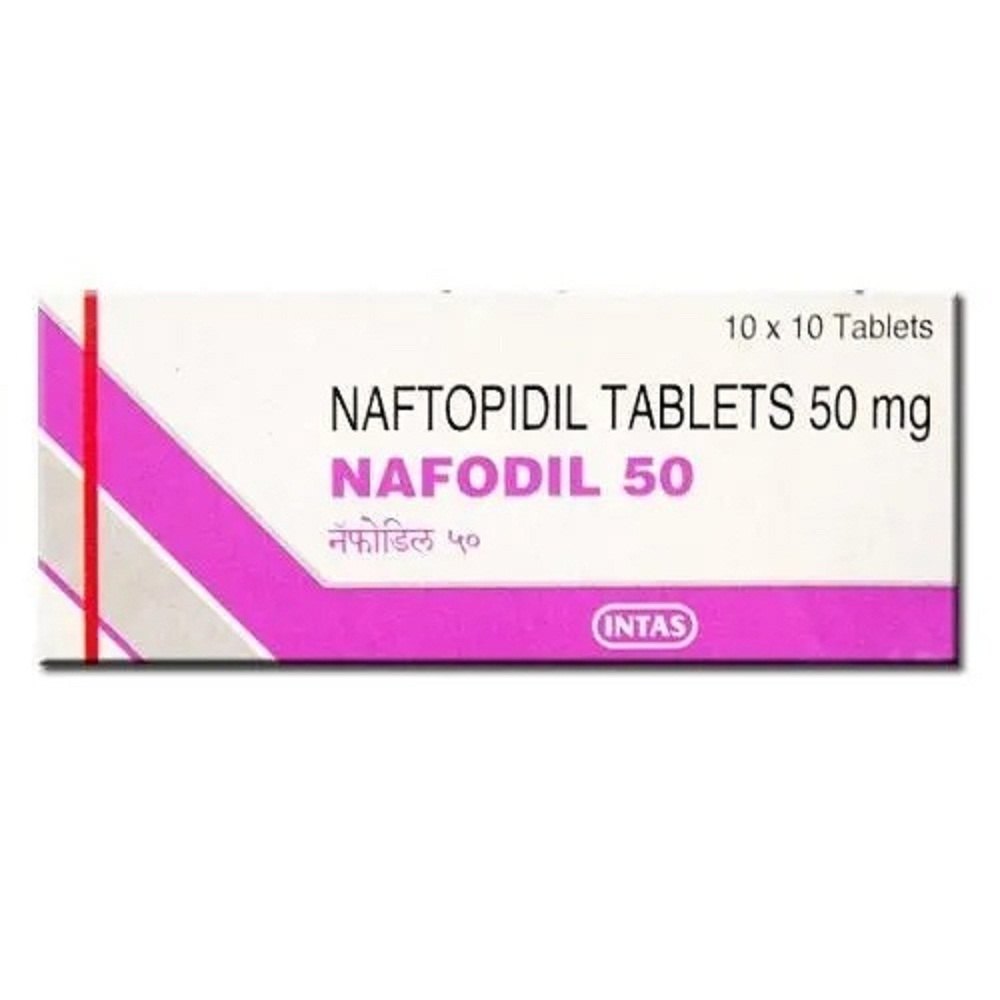
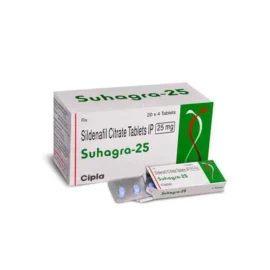
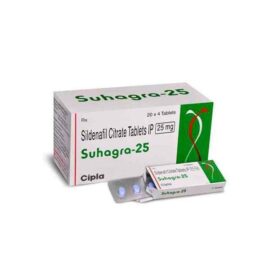
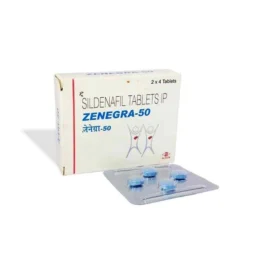
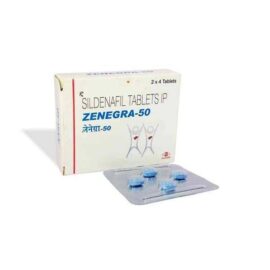
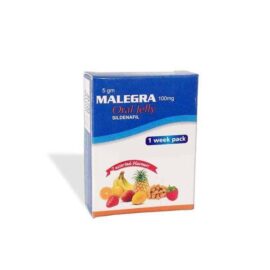
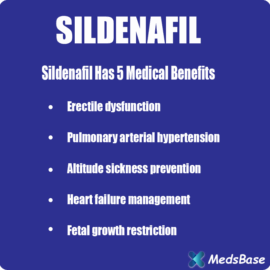
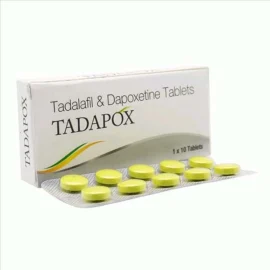
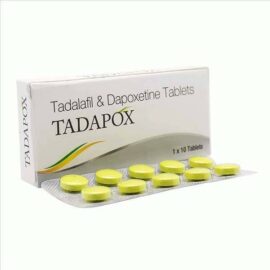
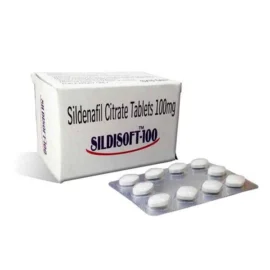
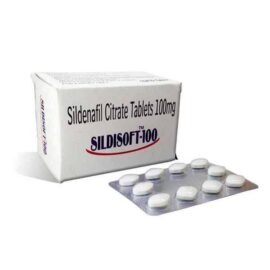
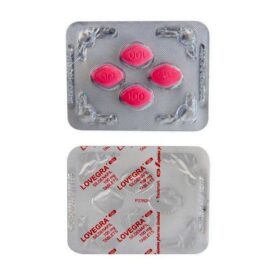
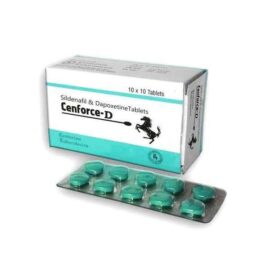
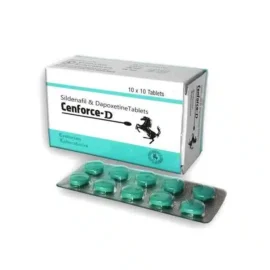
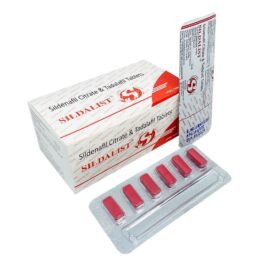
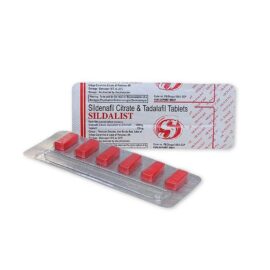
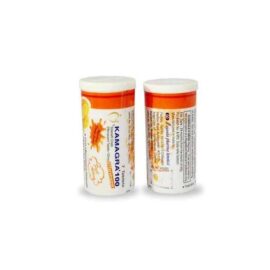
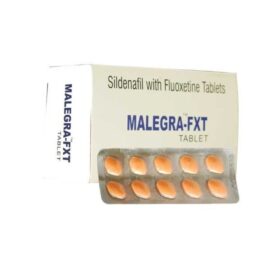
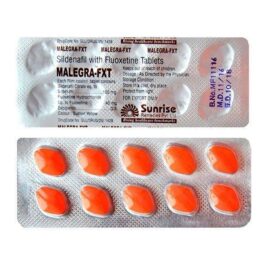
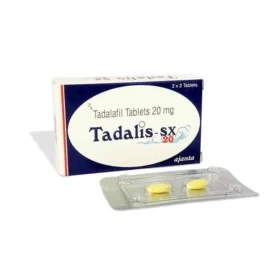
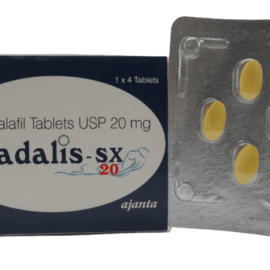
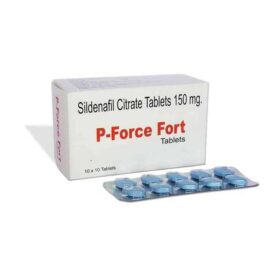
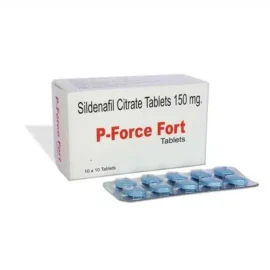
Reviews
There are no reviews yet